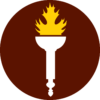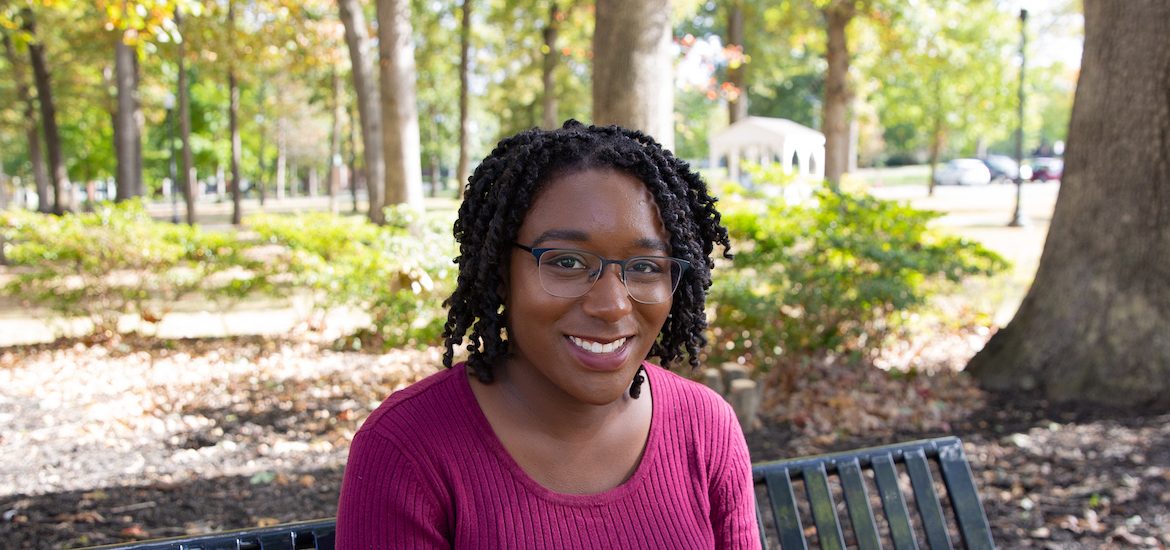This article is part of a running series with Rowan University’s Wellness Center. This collaboration aims to educate students about personal well-being options. For further updates, follow @RowanUWellness on Twitter, Instagram or Facebook.
Meet Jessica Hassell, a second-year Higher Education Administration track graduate student who wrote this article to start a discussion about toxic friendships. She shares, “I hope that this article will help Rowan University students become more conscious about how they are treated by others and whether or not they like that treatment.”
College students tend to not think much about the health of their relationships. When building friend groups, individuals can find  themselves displaying patterns of behaviors that may or may not reflect their values.
themselves displaying patterns of behaviors that may or may not reflect their values.
Friend groups are social relationships that have complex dynamics, where everyone plays a role. There are some friends who play positive roles that help keep the group active and engaging. These friends act as the initiator; the one that always suggests something fun to do, or the consensus tester who checks to see how everyone feels about the next course of action (Benne, 1948). However, there are also friends who aggressors who dominate, degrade or distract others to get what they want out of the group. It is important for young people to be able to recognize toxic friendships that can negatively impact their wellbeing.
There is minimal research on toxic friendships, but there are a multitude of tactics that toxic individuals use to control others. Some of these tactics include being passive-aggressive to make the victim change without having an open dialogue, never apologizing when they overstep boundaries, and even holding grudges and using past favors or mistakes to guilt the victim into changing their behaviors (“Types of Abuse – Loveisrespect,” 2017). It is helpful for every person in a social circle to think about how these relationships make them feel and evaluate which members of that friend group make them feel empowered and disempowered.
 Often, it is easier for young people to recognize abuse in intimate partnerships than in their immediate social circles. Commonly referenced in literature surrounding domestic abuse is the power and control wheel developed by the Domestic Abuse and Intervention Project in Duluth Minnesota (“Power and Control Wheels,” 2017). It details eight methods of power and control: coercion/threats, intimidation, emotional abuse, isolation, obfuscation, economic abuse, using children and using male privilege. While some elements of the Power and Control wheel may only apply to heteronormative intimate partnerships, others can be applied to all relationships.
Often, it is easier for young people to recognize abuse in intimate partnerships than in their immediate social circles. Commonly referenced in literature surrounding domestic abuse is the power and control wheel developed by the Domestic Abuse and Intervention Project in Duluth Minnesota (“Power and Control Wheels,” 2017). It details eight methods of power and control: coercion/threats, intimidation, emotional abuse, isolation, obfuscation, economic abuse, using children and using male privilege. While some elements of the Power and Control wheel may only apply to heteronormative intimate partnerships, others can be applied to all relationships.
Although many college friend groups may not have to worry about physical abuse or children, issues surrounding digital abuse, financial abuse, and emotional/verbal abuse can cause anxiety and be signs of toxic friendship. Many people have online access and digital abuse means using online means to take away an individual’s autonomy. It can include directly or indirectly putting someone down in status, spreading rumors online or video recording someone without their consent. Regarding financial abuse, it can include someone watching over another friend’s finances.
By one friend asking for money repeatedly or another friend using money to hold power over another person’s actions, or a friend making another feel guilty about their purchases — these are ways of controlling others. Even exerting emotional/verbal abuse can manifest itself in friend groups as individuals within the group tell members what to do or who to talk to, name-call and allow individuals to be degraded, or even those that make any member feel like their feelings are unimportant (“Types of Abuse – Loveisrespect,” 2017). Once an individual recognizes these toxic behaviors, they can speak out or exit.
College is full opportunities. If an individual finds themselves in a toxic friend group, it’s simple to create distance between oneself and the unhealthy relationship to find new friends elsewhere. Others might choose to use this time to practice their communication skills and attempt to confront the behaviors that make them feel controlled and powerless. No matter the choice, everyone should consider the role that they play in their friend group, take time to consider the health of their social circle and the impact that these relationships are having on their wellbeing.
Like what you see? Learn more about our healthy campus initiatives.
Story by:
Jessica Hassell, second-year higher education administration graduate student, Wellness Center intern
Photography by:
Alyssa Bauer, senior public relations major
References
Benne, Kenneth D, and Sheats, Paul. “Functional Roles of Group Members.” Journal of Social Issues. 4.2 (1948): 41–49. Web.
“Power and Control Wheels.” Domestic Abuse Intervention Programs, 2017, https://www.theduluthmodel.org/wheels/.
“Types of Abuse – Loveisrespect.” Loveisrespect.org, National Domestic Violence Hotline, 2017, https://www.loveisrespect.org/is-this-abuse/types-of-abuse/.



